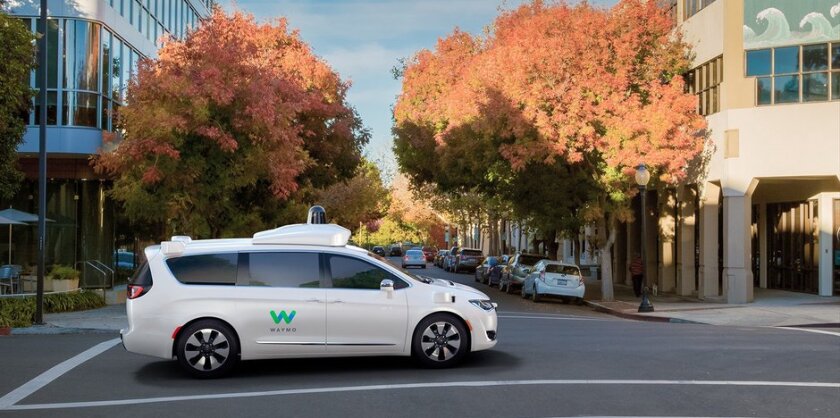Colorado has welcomed autonomous vehicles — but unlike Arizona or California, the state has no agency charged with regulating safety, privacy or accountability.
The state is the nation’s electric-vehicle leader. It could step in to keep America’s industry — and the jobs it supports — competitive.
Data centers are the driver of near-term growth in electricity use. Electric vehicles will drive future growth.
A new data dashboard from the Urban Institute fleshes out how the funding is being allocated by category and across states, counties and congressional districts.
The Trump White House has ordered a pause on infrastructure spending approved during the last administration, and is promoting new spending on digital infrastructure to support artificial intelligence.
More hybrid vehicles are coming on the market because customers seem to lack the appetite for all-electric vehicles. The Trump administration may cut back on tax credits and other EV support.
In Maryland and several other states, many of the reductions have come thanks to the retirement of coal-fired power plants.
They’re good for our children’s health and for the environment, and transitioning away from diesel-powered buses is the fiscally conservative thing to do. Unsubstantiated claims about them only serve as political theater.
States can compensate with vehicle and odometer taxes, but local governments can harness new data technologies — including GPS, 5G and AI — to meet the need for more than states’ hand-me-down dollars.
At the current pace of development, the number of public electric vehicle chargers across the nation will outnumber gas stations in about eight years. Many even expect charger momentum to increase, shortening the predicted timeline.
The top 10 percent of drivers in the U.S. consume more than a third of the gasoline. Some lawmakers hope targeting them with EV incentives will help reduce emissions more quickly.
From cars to school buses to battery manufacturing, no state can match Georgia's corporate investments. They’re making a real impact in communities across the state, creating thousands of permanent jobs.
Slow rollout of the federal program has frustrated lawmakers, especially those in Michigan, which received $110 million through fiscal year 2026 for EV expansion but has funded no new power stations.
It’s not just the decline in fuel tax revenues and its impact on highway construction and maintenance. Real estate will also be affected, and sales taxes are likely to take a hit. States need to begin developing strategies.
Sixteen states and D.C. have signed on to California’s latest unworkable mandate for zero-emission vehicles. Virginia is the first of those to abandon California’s regulations. That’s a win for the state, its workers and its businesses.
Many industry analysts are confident that the electric vehicle revolution will continue even if Biden is ousted in November. But some — including automakers themselves — are worried about how politics could endanger the EV future.
Most Read

















